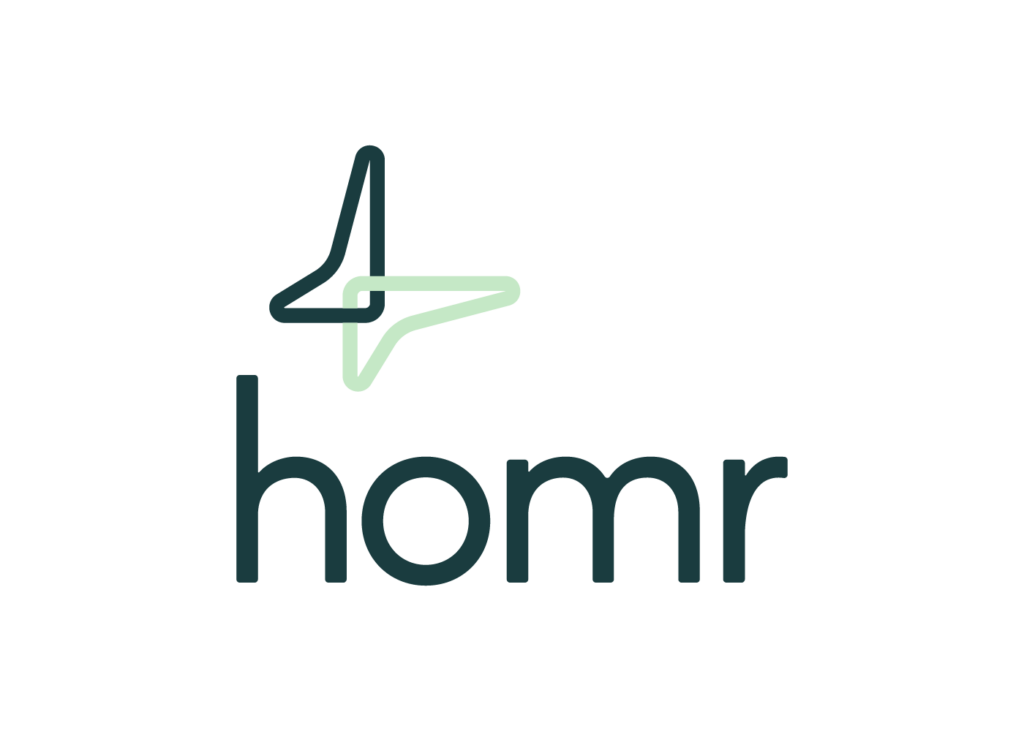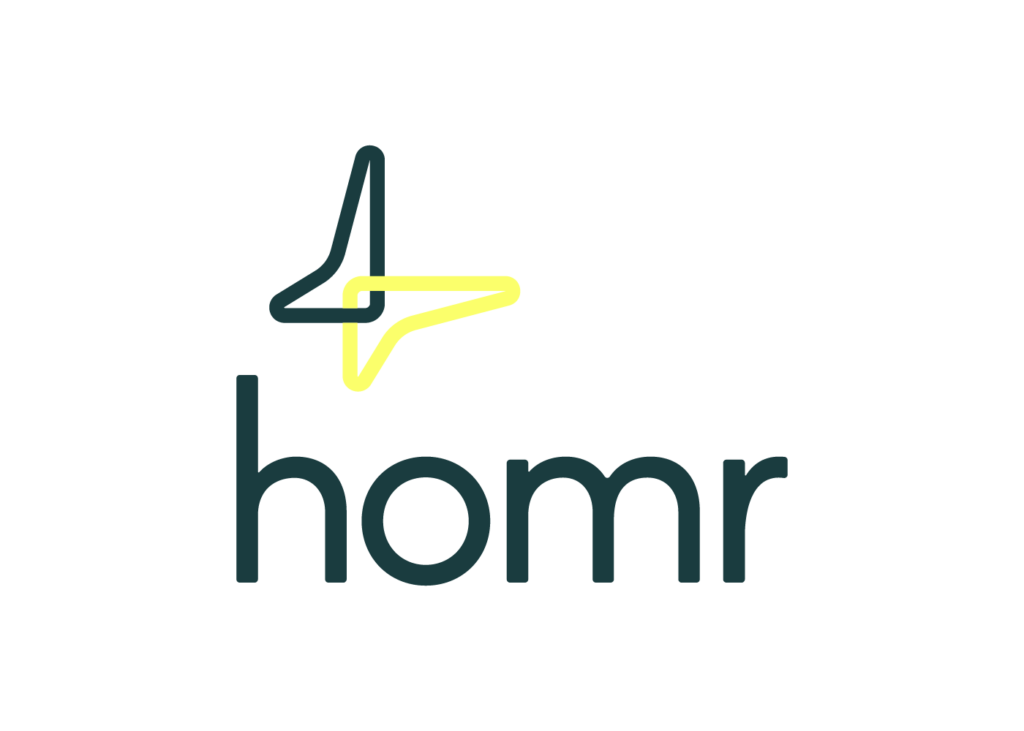Implementing the

HOMR Initiative
Hospitals across the country and worldwide are implementing HOMR to improve patient end-of-life care.
Join the growing community adopting HOMR
HOMR Implementation
Hospitals implementing HOMR integrate the tool into their electronic medical records system to automatically identify patients at increased risk of death and prompt clinicians to assess and address patients’ unmet palliative needs.

At Saint Michael’s Hospital, we strive to provide the best care experiences for individuals and their care providers. It is essential that we identify individuals with life-limiting illness to ensure that we can connect them with the best possible supports in hospital and in the community. The Hospital One-year Mortality tool allows us to identify such patients and support their best care experiences throughout their health journey.
Dr. Jonathan Ailon, Interim Medical Director, Palliative Care







HOMR Versions
There are three different versions of the HOMR tool: the original ‘HOMR’, modified or ‘mHOMR’, and ‘HOMR Now!’. Each version is slightly different in its clinical use and data points used to generate the mortality risk score.
HOMR
Hospital One-Year Mortality Risk
The original HOMR calculates a 12-month mortality risk for patients admitted to hospital using 12 administrative data points, some of which are only routinely coded at the time of discharge. This means HOMR cannot be used in real-time to help with clinical decision making during the patient’s admission. It can be used retrospectively for research or quality improvement.

mHOMR
Modified Hospital One-Year Mortality Risk
mHOMR is a modified version of HOMR that uses 9 administrative data points, all of which are available at the time of hospital admission. mHOMR is integrated into a hospital’s electronic medical record system to automatically calculate mHOMR scores for all patients in real-time as they are admitted to hospital.

HOMR Now!
Hospital One-Year Mortality Risk Now!
HOMR Now! is an updated version of mHOMR that is also used in real-time upon admission to hospital. It is calculated using 10 data fields and an interaction term available in many hospitals’ admissions data. It is slightly more accurate than mHOMR and includes a few different clinical variables.

Differences Between the HOMR Versions |  |  |  |
|---|---|---|---|
c-statistic | (c=0.90-0.92) | (c=0.89) | (c=0.92) |
Demographics | |||
Age | ⬤ | ⬤ | |
Sex | ⬤ | ⬤ | ⬤ |
Living Status (Home, Long-Term Care Home, Rehabilitation, Chronic Hospital) | ⬤ | ⬤ | ⬤ |
Death Risk (Life Tables) | ⬤ | ⬤ | |
Clinical | |||
Home O2 | ⬤ | ||
Admitting Diagnosis | ⬤ | ||
LAPS Score | ⬤ | ||
Charlson Comorbidity Index | ⬤ | ⬤ (previous admission) | |
Health Service Use | |||
Admitting Service | ⬤ | ⬤ | ⬤ |
Urgent 30 Day Readmission | ⬤ | ⬤ | |
Number of Emergency Department Visits in Past 12 Months | ⬤ | ⬤ | ⬤ |
Admission by Ambulance in the Past 12 Months | ⬤ | ⬤ | |
Admission Urgency / Ambulance | ⬤ | ⬤ | ⬤ |
Direct to ICU | ⬤ | ⬤ | |
Seen in Cancer Clinic in the Past 12 months | ⬤ |

